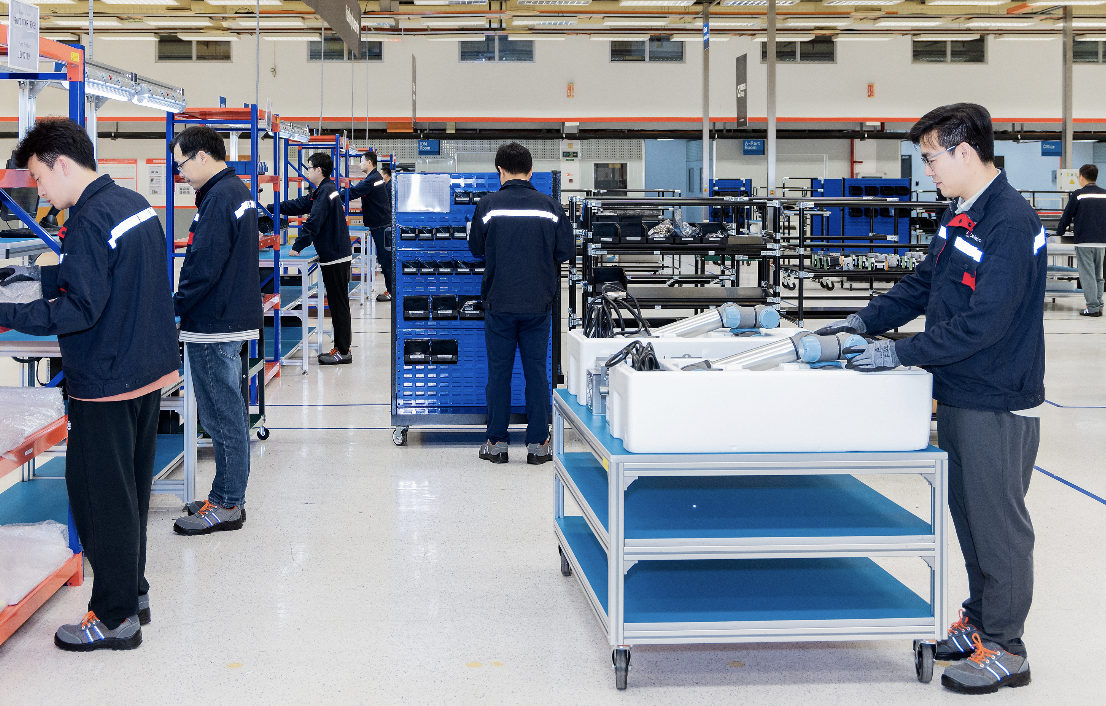CA-1 Serial Production in Full Execution
With factory lines running, supply chains moving, and testing protocols embedded, June marked the transition from planning to full-volume production of the CA-1 robot.

As of June the CA-1 serial production is now in full execution mode after the intense product engineering and manufacturing engineering phase. We are starting to see the full speed of CA-1 serial production coming to reality after the intense preparation of factory facility and supply chain preparation work.
Global Supply chain
Key supplier nomination completed. Final DFM document released to supplier. Parts starting to be received in the production facility. Intense supply chain engagement with all suppliers happened with onsite visits and frequent reviews to ensure timely delivery of all components. In total more than 29,000 components per CA-1 are being shipped from all over the world to our production facility.
Quality control
All inbound goods are being inspected 100% by a quality team to ensure highest quality for the serial production. Unqualified parts are being identified and isolated from the process. Supplier quality engineering teams are in close contact with the Circus engineering team and suppliers to validate all quality related engineering actions are closed off before starting assembly.
Serial production testing procedure
The Circus team has spent a huge amount of effort establishing the step by step automated testing procedure that will be used in all parts of production processes in serial production. This includes testing protocols all the way from component level, sub-assembly level and full system level functional testing. This ensures again we achieve the highest product quality when we deliver the CA-1 to our customer.
Start of first assembly
Benefiting from our modular architecture and DFM mindset during the design phase, we were able to kick off sub-assembly of core CA-1 modules ahead of schedule. This proves that the manufacturing processes established in the previous phase are of high quality. This also allows us having additional time for functional validation and testing.